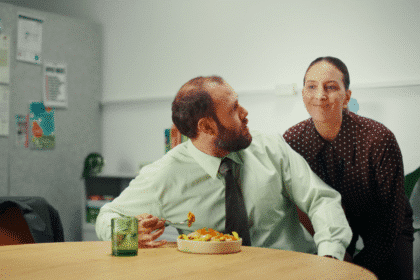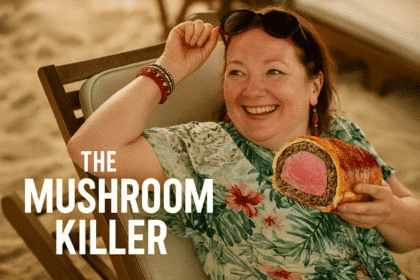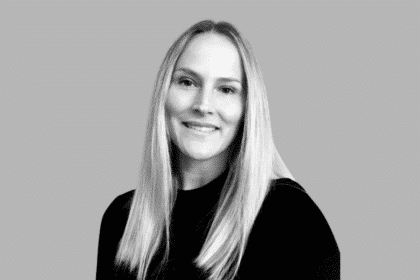NRMA Insurance’s appointment of Accenture Song to transform its customer experience and dispensing with Bear Meets Eagles on Fire as its creative agency yesterday may have seemed like a radical departure for the brand.
However, its CMO Michelle Klein (pictured) explained to B&T as part of the CMO Power List that the insurer was radically rethinking the way it engages with its customers.
“My focus is 100 per cent on the customer experience,” she said.
“Our brands are showing up through the line but I think there’s a huge opportunity around the digital transformation we’re trying to drive. That’s not unique to our company it’s just broadly in Australia, has been an observation of mine.
“There’s more to be done and there are opportunities around testing, learning and iterating. I really love the idea of putting something out there, seeing how customers respond, getting quick feedback. If it’s great, put gas on it and make it big. If it’s not, change tack.”
The change from Bear Meets Eagle on Fire, with less than 10 employees, to Accenture Song, which holds at least 177 staff (excluding The Monkeys) in Australia and thousands more around the world, is stark.
“With Accenture Song we have established a unique partnership, working with their leading Australian talent here and abroad. This model enables us to bring the best global thinking and solutions back to Australia while leveraging their Australian roots and connection to the NRMA Insurance brand,” said Julie Batch, CEO of NRMA Insurance.
Klein, speaking on the Accenture Song announcement, added that it was “the next step in reimagining the customer experience, by delivering an end-to-end customer model leveraging best-in-class creative, communication and technology.”
Find out more: Hear From Australia’s Top Marketers In B&T’s CMO Power List!
Accenture Song’s tech expertise will likely have been an important factor in the decision, not least because Klein had spent nearly a decade at Meta (née Facebook) in the US. While there are some similarities between the businesses in their scale, there were many differences.
“I believe that this category, globally, is ready for transformation and is looking for ways they can drive change quickly. This is nearly a 100-year-old brand that has amazing legacy heritage and artefacts, a loyal customer and is loved in Australia. Meta is like a teenager. There it was about building what the brand stood for and the value it created in the world,” she explained.
“Whereas here, it’s about building on the incredible roots and now leap-frogging into that next level of transformation.”
Her experience at Meta and views on the category made restructuring and reorganising her marketing team one of her first orders of business.
“This is a totally different role, team and structure — I’m the chief customer officer and the chief marketing officer. In my team, I have frontline staff and teams that are looking at how customers are feeling, the insights and what we see. We’re working very closely with our claims department, too. But all the way through, we’re leveraging that intelligence and those insights to create a real informed go-to-market strategy,” she said.
Every single customer touchpoint and interaction falls under her remit, informing everything from the advertising experience upwards.
“I’ve restructured the team, so it’s a progressive, integrated approach. It’s end-to-end. What do we hear from customers? How does that inform our go-to-market? How does that affect business results? How does that affect customer satisfaction and how does that change how we show up as a brand?” she said.
“It’s almost like a product lifecycle model that I’ve put in place from an operational and organisational perspective. We’ll be more agile as a marketing team and we’ll have the customer and marketing components deeply integrated to create amazing customer experiences.”








